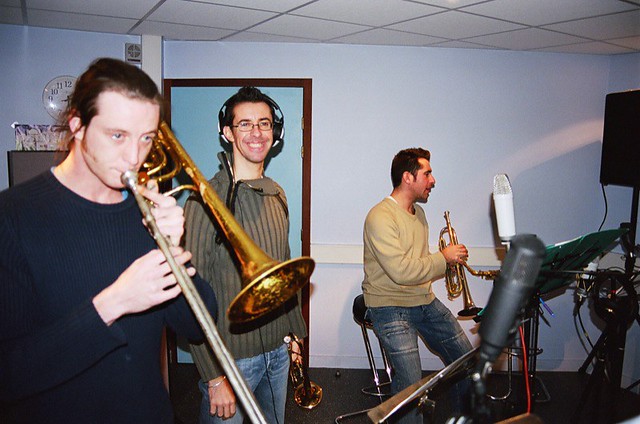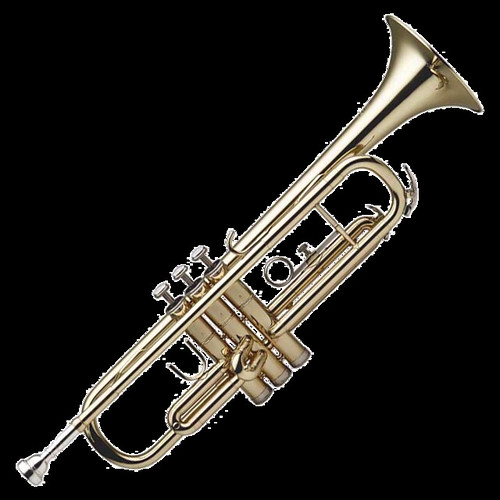The cornet is an instrument that is a member of the brass instrument family. Its appearance is close to that of the trumpet in its design. The tubing is wrapped in a clever way that will allow the musician to easily carry and play the instrument, and the tube's diameter increases in size until the end. It is a common mistake for people to believe that the cornet has originated from the medieval cornett, but in truth, there is no relation. In fact, the cornet originated from the simple horn, just as the bugle was. The cornet really developed when the improvements on piston valves were made, which was in the early 1800s.
Today, the cornet is a fairly popular instrument that is used in concert bands and brass bands more than it is used in marching bands and military, though it can sometimes be used in these too. Referring back to the valves of the cornet, they really were the largest part in bringing in the creation of the cornet. In fact, it was in adding these valves to the horn in the early 1800s that the actual cornet was first invented. While the cornet would seem similar to the trumpet, they differed greatly for a while before the trumpet also had the valves added into its design. Today, they are so similar that the coronet and the trumpet can play the same notes and fingerings.
The cornet has not changed too much since it was first invented, and it has only been around for a couple hundred years, but it is a brass instrument that has received a decent amount of interest over the years. One can see it played in a number of different musical genres and people of different ages have given it a try. In fact, a number of young jazz musicians in the 1900s began their careers by learning how to play the cornet.
The cornet has a more mellow and warm tone that is attractive to many people who decide to learn how to play the instrument. It is also an instrument that is recommended for beginners who have never played a brass instrument before. It can be a little challenging at first for someone who is new to playing any kind of wind instrument, but it can be quite rewarding in the end. Learning the sheet music and how to manipulate the keys properly can also take some time, but not as long as it can take to learn other more complex instruments. It is also another instrument that can be offered at some schools that have them.
Overall, the instrument is not too difficult to learn and so is a great instrument to offer in grade school to younger people who would like to try learning a musical instrument. The sheet music for the cornet is also easier to acquire than more expensive sheet music for other instruments. The instrument is even donated to the schools on occasion by people who have no more use for their cornet. Anyone who wishes to try the instrument outside of school can often find used cornets in used instrument stores or pawn shops.
|

















![[Man playing the tuba.]](https://farm3.staticflickr.com/2508/4058778064_0eb1ac58f9_o.jpg)